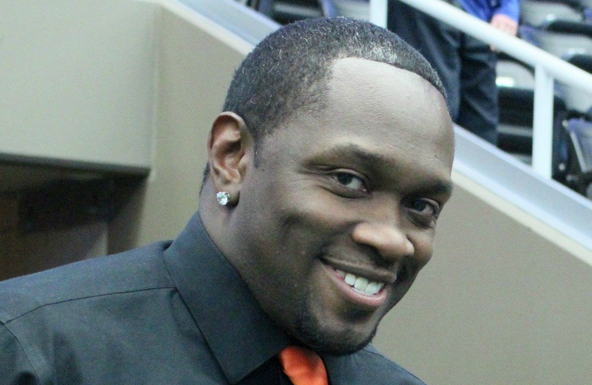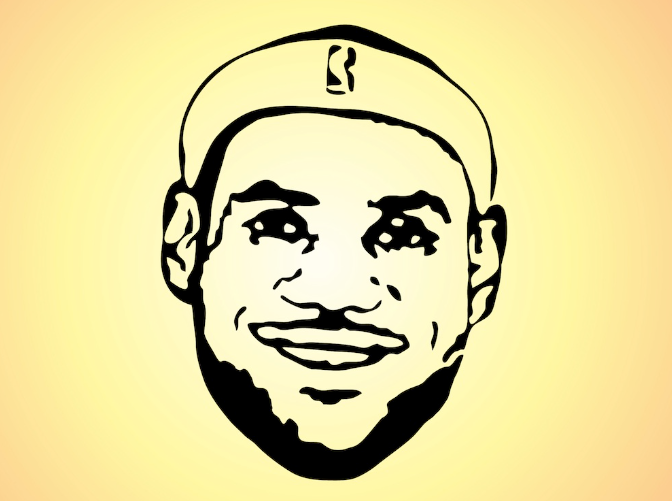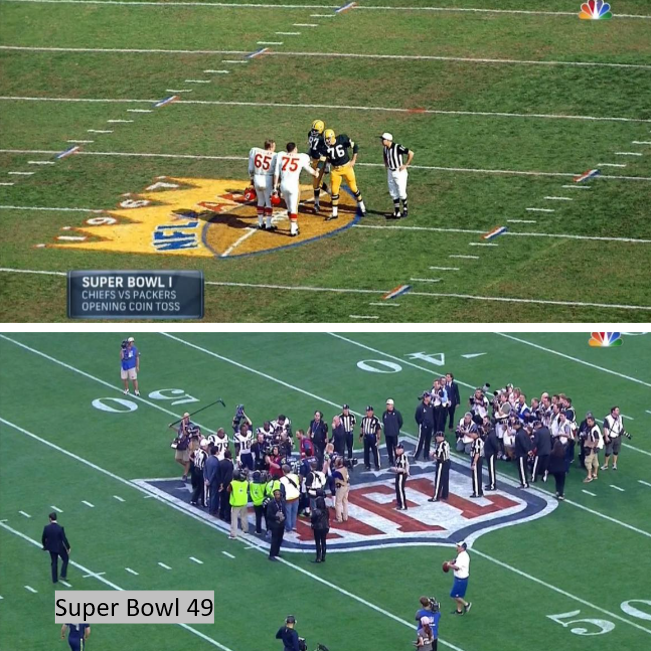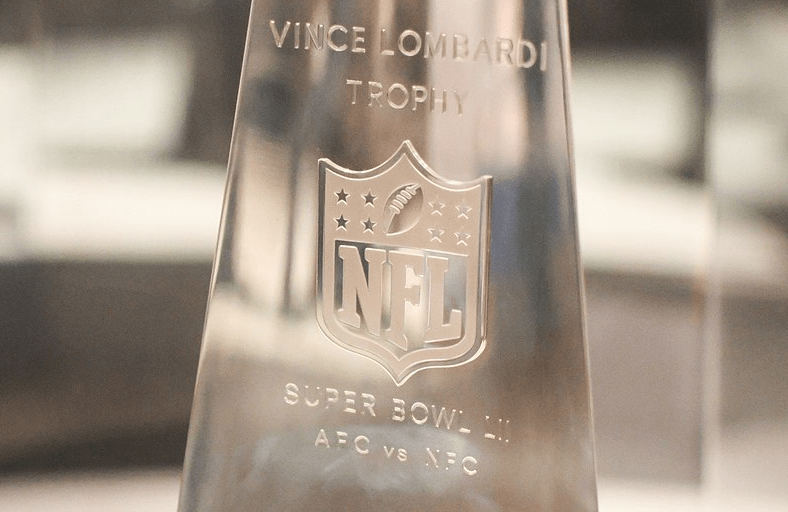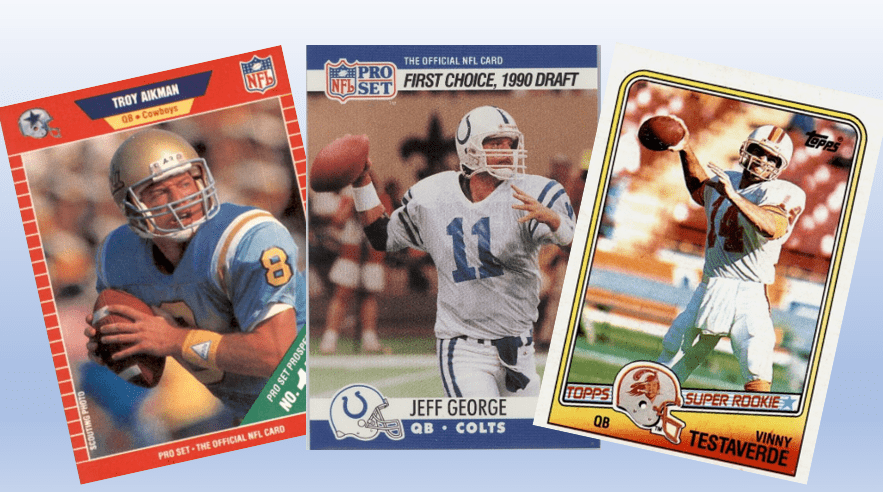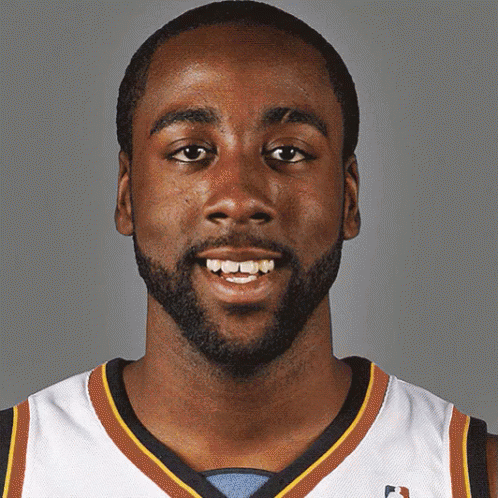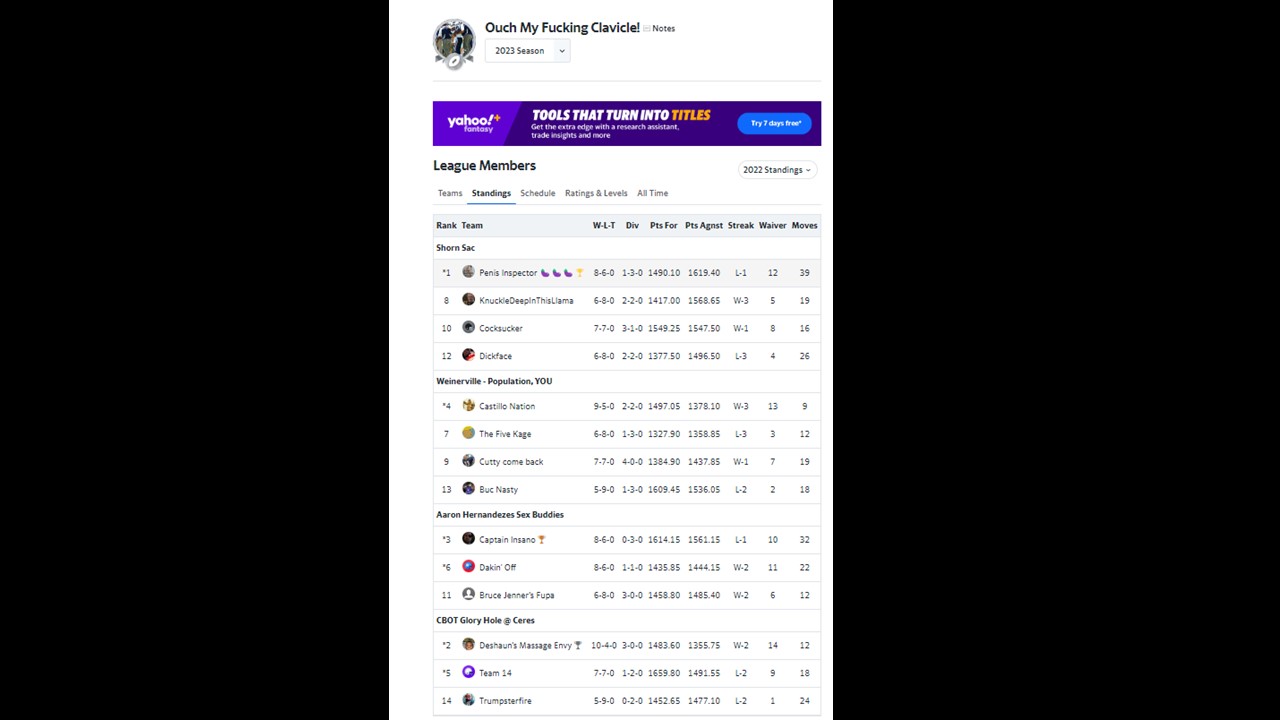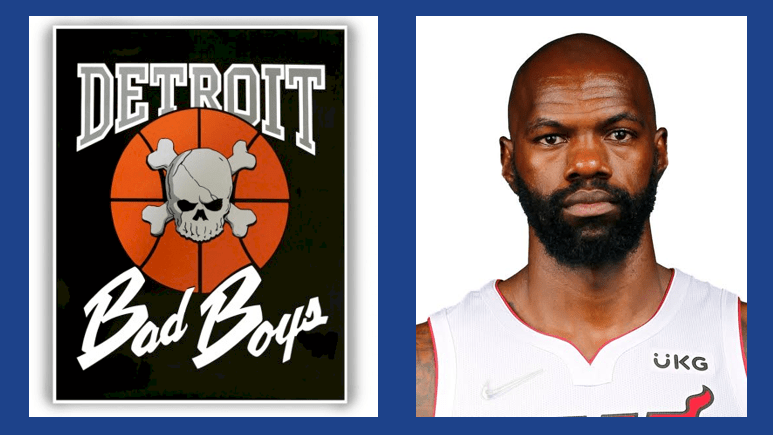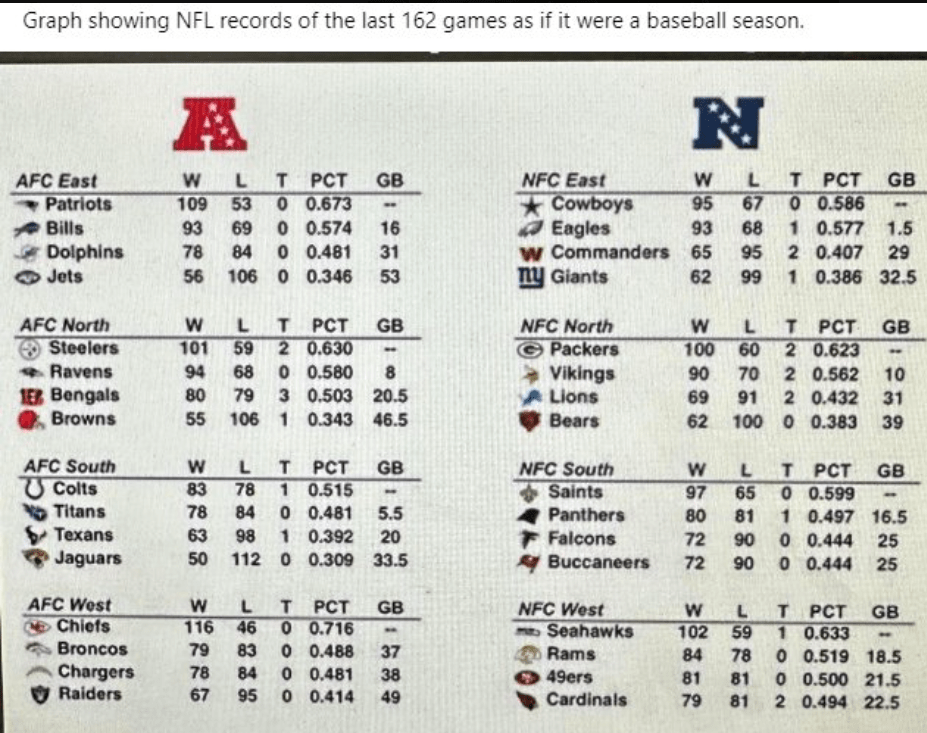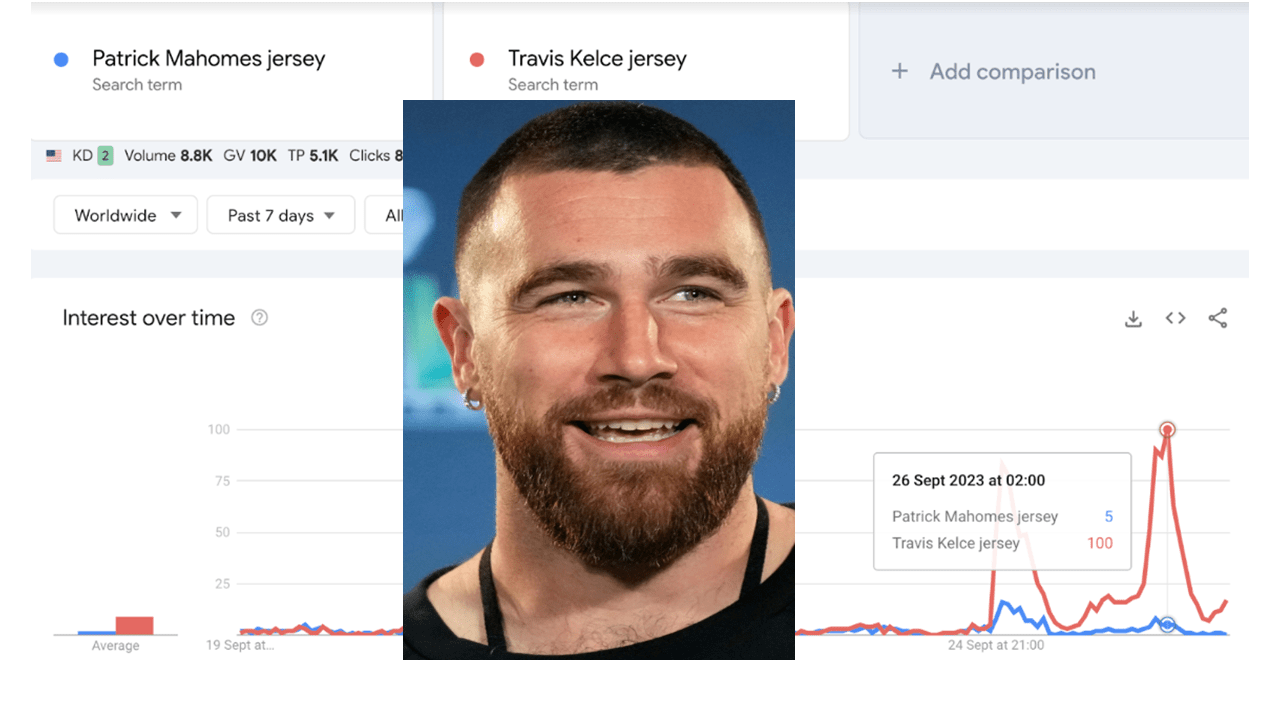Demetrius Ross is in his first season as defensive coordinator for the Omaha Beef, but his football background is extensive.
After a successful career at Boise State as an All-American defensive back, Ross played with the Cincinnati Bengals in the NFL and the Winnipeg Blue Bombers of the CFL before making the transition to indoor football.
Ross played in multiple indoor football leagues for six years, and was named an All-Star at safety in 2004 for the Tri-City Diesel, leading the NIFL in passes defended and interceptions.
Since the end of his playing career, he has been an indoor football general manager, head coach, and coordinator.
How did you get involved with indoor football?
I’ve been involved with the indoor game for pretty close to 15 years as a player and a coach. After I left Boise State, I played for the Cincinnati Bengals, then in the CFL, then I started my indoor career from there. After I stopped playing, I was the head coach and general manager of the Steubenville Stampede of the GIFL. Then I was the head coach of the Marion Blue Racers in the CIFL. Last season, I was assistant head coach and head of player personnel for the Dodge City Law.
Talk about your NFL experience.
It was quick! I learned a lot. I came in under defensive backs coach Ray Horton with the Bengals, now the DC for the Tennessee Titans, and he was under head coach Dick LeBeau, so I was around some great defensive minds. I came in as a rookie free agent, did well during camp, worked my way into the DB rotation. Then I was cut prior to week six, just before contracts are to be honored for the entire year. I lost my spot to a veteran.
The transition from college to the NFL was a huge learning curve, because I was learning from coaches who were into the philosophy of defense and offense, knowing how to play multiple positions so you can play yours better. You had to know what the guy furthest from you needs to be doing, but also how he might react, so you can do your job more effectively. Unbelievable preparation. The time and hours these coaches put in is tremendous.
After I left the Bengals, I had a workout with Steve Mariucci when he was considering becoming the head coach of the Lions at the time. It didn’t work out, so I went to the CFL.
Then after the CFL, I started playing in the Arena League, did well and got a personal meeting with Romeo Crennel. He was going to sign me, but the doctor wouldn’t approve my physical, wouldn’t clear me because at that time, I was on my 6th or 7th concussion. And I’ll never forget what he said: ‘You need to think about your quality of life in the future.’ All I was thinking was how my quality of life would improve if I made the NFL.
You spent some time playing in the Canadian Football League and played in the 89th Grey Cup game in Montreal in 2001, the CFL’s version of the Super Bowl. What do you remember about it?
That it was cold. I’m telling you. It was a different game and in talking about it, I’m reminding myself of these new guys when they come into the CIF and see high-motion for the first time. The CFL has three downs and a different style of motion than the one we use. They disguise the motion laterally a lot more than we do, but it was interesting. The fields are a whole lot wider and the endzones are a lot deeper.
It was a different transition coming from the NFL game, a lot more thinking than playing, because you’re used to doing things one way for so long. It was tough, but I had a tenacious attitude, a ton of veterans around me and I didn’t want to quit so I kept after it and had a pretty good season. I played for one full season, 2000 to 2001, with the Winnipeg Blue Bombers and part of another for coach Dave Ritchie.
I left Canada in 2001-02, and played indoor football five years, starting in 2003. I played for the Bismark Roughriders, Boise Stallions, Dayton Warbirds, Tri-City Diesel and finally in the AFL with the Columbus Destroyers. That’s about the time I got the concussion news so I decided not to play anymore; it wasn’t worth the risk. I started coaching in 2006, high school and indoor football at the same time.
Your offensive counterpart on the Blue Bombers was legendary wide receiver Milt Stegall, the CFL’s Jerry Rice. What did you learn from him?
Milt the Stilt! When I was playing I had the chance to train and workout with some legends. When I was coming out of Boise State I also trained with Jerry Rice, out in California. It was great because Milt was an absolute technician – he had great hands. Truly a great guy. We did Bible study together, just a great guy. We competed every day in practice and we also helped each other to improve.
I was also up there with Mike Sellers, fullback for Washington Redskins, Marcus Nash who won a Super Bowl with John Elway and the Broncos, and Brandon Bolden of the New England Patriots.
How can the defense force more turnovers as a unit?
Philosophy and scheme. I play the odds with my defensive philosophy and scheme. The design of our defense is based on the impatience of the quarterback and what indoor football was built on. The game was designed for scoring – to lull you to sleep and then sneak something over the top. My defense is built to give up the short play and dare the QB to take a chance at some point. When he does take the chance, I’m hoping our guys are able to force a turnover.
I want to see how long the quarterback will continually throw the five-yard swing, then again, then again. Because the game is not built for that and at some point he’s going to get bored, and at the very least move around in the pocket, and that’s an advantage for us because he’s moving.
Our record is not indicative of who we truly are, what we can truly do. There’s a lot of times where myself and Coach Corey Ross are up until four in the morning, figuring out how to scheme and be better, based on the roster we were given.
We started late – we’re used to starting in October and we started in January – we didn’t get the opportunity to go out and handpick our roster with a philosophy, so that’s been our biggest challenge as coaches this year. Figuring out a way to maximize the talent we have and put them in the best situation possible.

